.jpg)
Sea Fishing in the UK: A Guide for Beginners
Looking to get out and enjoy some fresh sea air this summer? Whether you’re heading out on your own, enjoying a quiet afternoon with a friend or planning a family day by the water, seaside fishing offers a relaxing escape from everyday life. From harbour walls and piers to wide, sandy beaches and craggy rock pools, there’s something for everyone, no matter your experience level! If you’re curious to learn more, read on for our top sea fishing tips…
Start Simple: Float Fishing with Natural Bait
If you’re new to sea fishing, float fishing is a great way to begin! It simply uses a small float on your fishing line that stays on the water’s surface. The bait hangs below the float, and when a fish bites, the float moves or sinks, so you know there’s a catch. It’s easy to set up, relaxing and ideal for getting the hang of all things fishing. You will just need a rod or telescopic pole, a pre-rigged line, and a bit of bait (a worm or a small strip of mackerel will do the trick).
This type of fishing works particularly well in quiet harbours. Whitby in North Yorkshire is a lovely place to try it – the calm waters and scenic views make it ideal for beginners. Down in Cornwall, the harbour at Looe is popular with local anglers, and in Scotland, North Berwick offers a great balance of accessibility and beautiful surroundings.
Float fishing is also a brilliant way to introduce children to fishing. Watching the float dip and disappear when a fish bites is simple, yet surprisingly exciting! If you’re lucky, you might catch wrasse, small pollack or even the occasional flatfish.
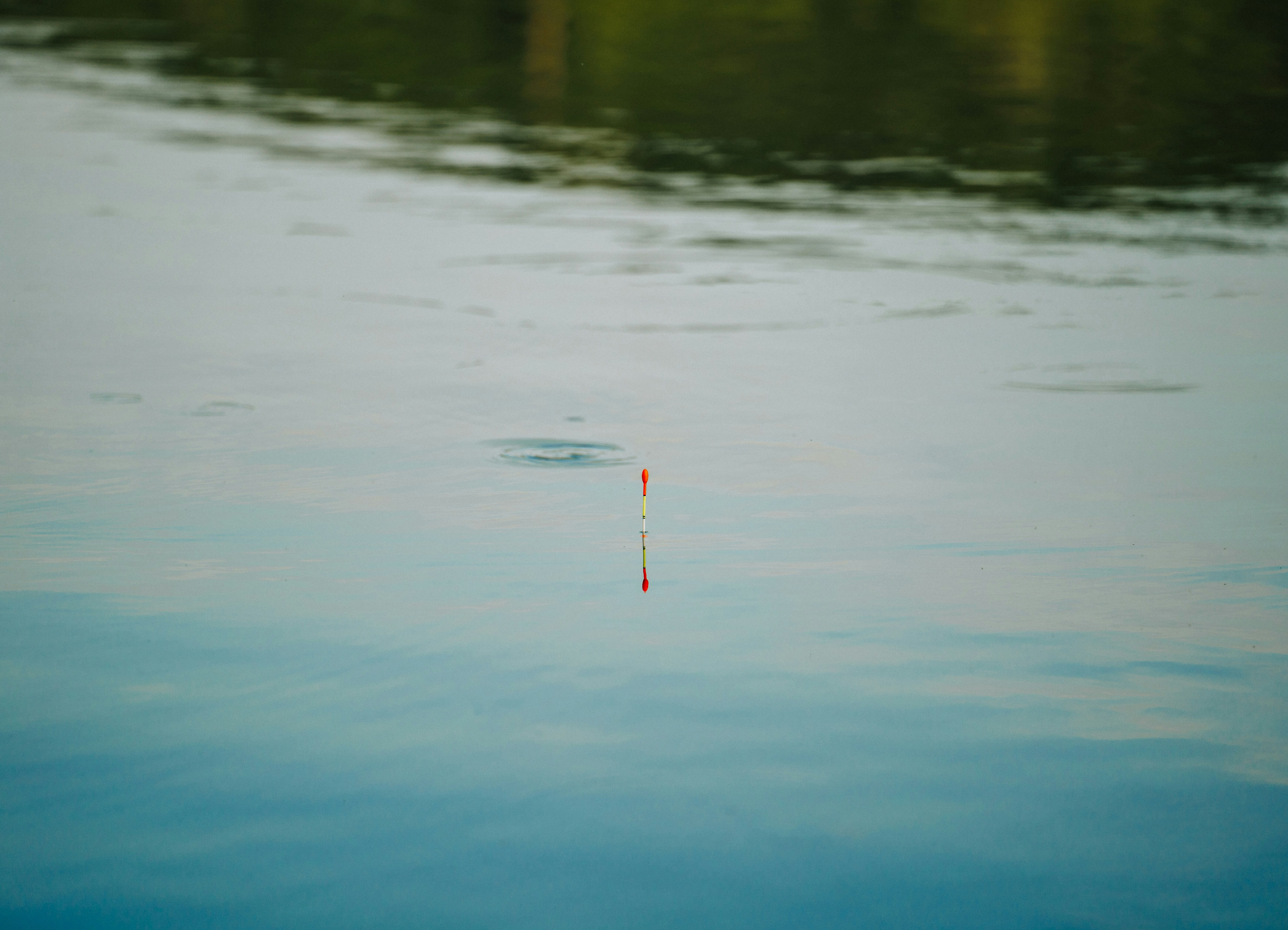
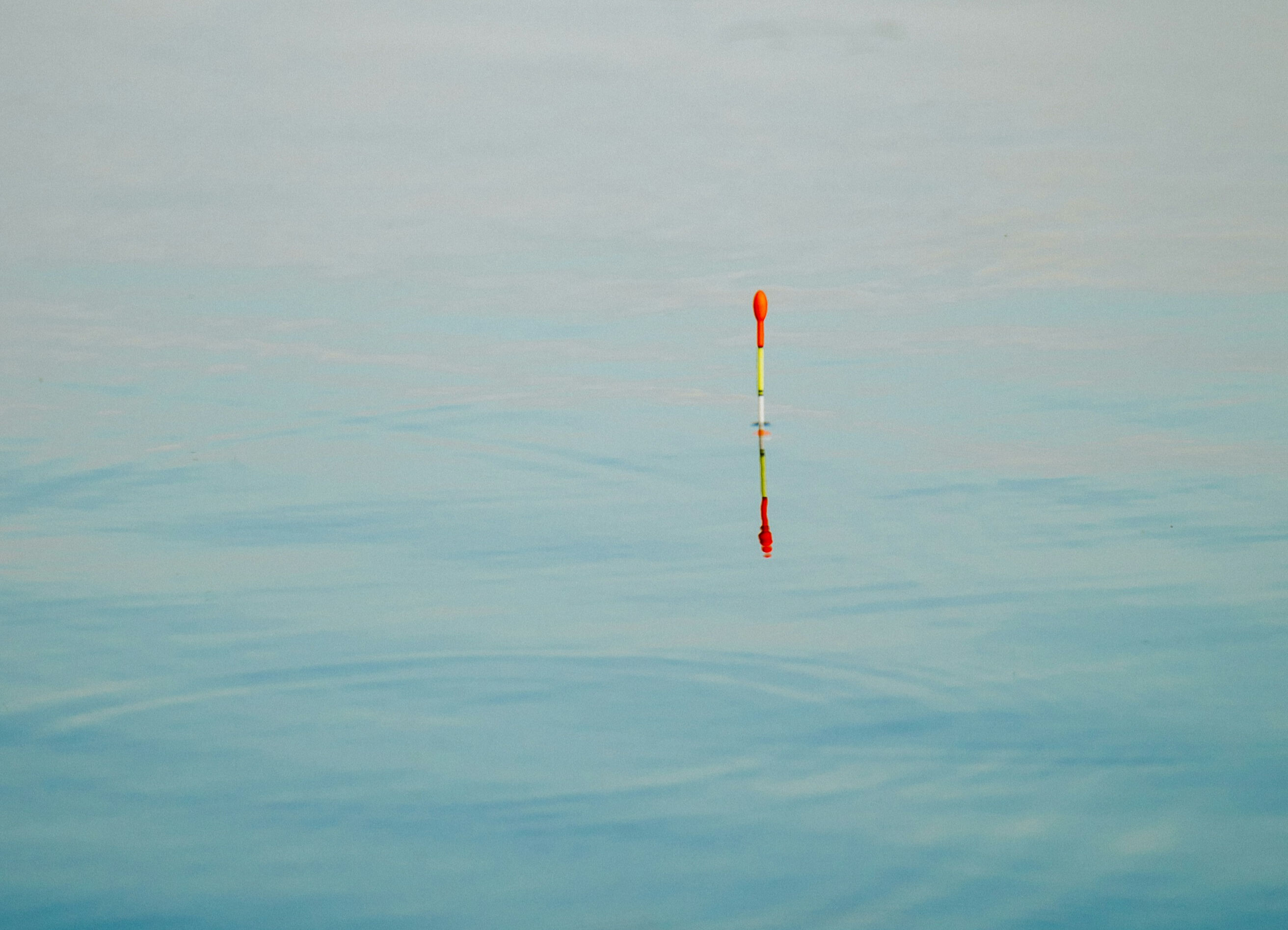
A Bit More Active: Lure Angling from the Shore
If you like the idea of staying on the move, shore lure fishing is a fun and more active approach. It works by throwing out fake bait called lures – things like shiny spinners, soft plastic shapes, or small hard plugs – and then reeling them back in. This makes the lure look like a small fish, which can attract bass, mackerel, pollack, or coalfish.
Cornwall is a great place for this kind of fishing, especially around rocky areas like those near St Ives or Newquay. In the north, the Northumberland coast offers long stretches of shoreline with access to deeper water. And over in Wales, the Gower Peninsula combines excellent fishing spots with stunning coastal scenery.
Look out for areas where the water is moving or foaming – that’s where predatory fish are most likely to be feeding. Lure fishing doesn’t require much gear, and you don’t need to stay in one place, so it’s perfect if you enjoy exploring while you fish.
Up for a Challenge? Try Surfcasting from the Beach into Deep Waters to Catch Fish!
Surfcasting is one of the most popular forms of sea angling in the UK, and for good reason! It’s all about casting your bait from the beach beyond the breaking waves, where species like cod, bass, flounder and even rays might be waiting.
You’ll need a longer rod – typically around 4 to 5 metres – and a sturdy tripod to rest it on while you wait for bites. Once you’ve cast out, keep an eye on the rod tip. A twitch or pull is usually a sign something’s taken interest.
There are some fantastic beaches for surfcasting around the UK. Chesil Beach in Dorset is well known among anglers and offers deep water just off the shingle. Further east, Dungeness in Kent is another favourite, with its unique landscape and year-round fishing potential. The Yorkshire coast, particularly areas like Hornsea and Withernsea, is also worth exploring.
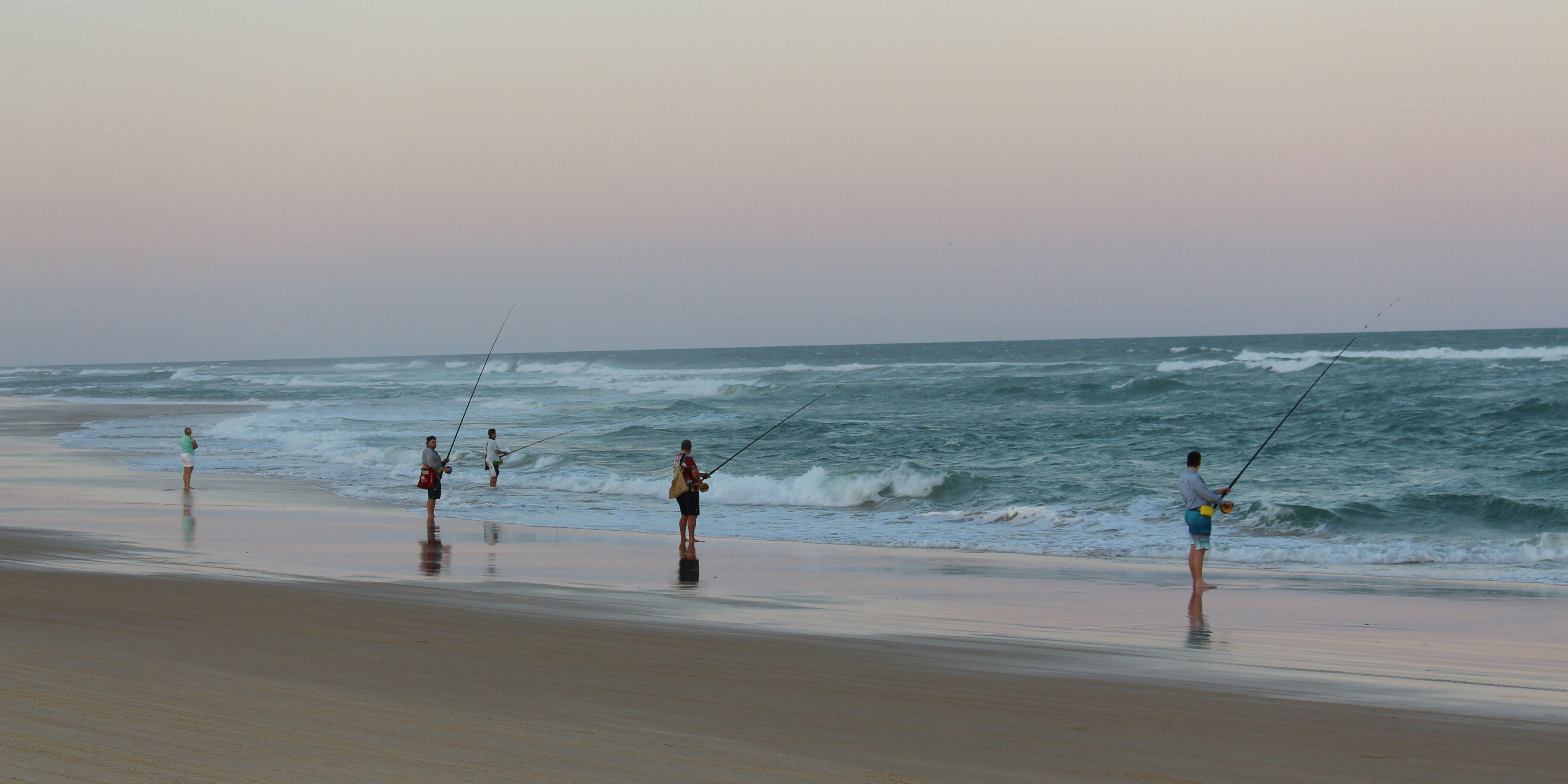
No Rod? No Problem! Try Shore Foraging
If fishing isn’t quite your thing – or you just fancy something a bit different – why not try coastal foraging? It’s a more natural way to enjoy the coast by searching for wild plants, seaweed, shellfish and much more right along the shore. Best of all, it doesn’t require any fishing kit!
The key is timing. Aim to head out a couple of hours before low tide, especially during spring tides when the sea retreats further and reveals more of the shore.
In places like Morecambe Bay or the Dee Estuary, the sandy and muddy flats are ideal for finding cockles, clams and razor shells. Head to rockier coastlines – Pembrokeshire and Anglesey are great examples – and you might spot mussels, limpets, periwinkles and the occasional edible crab. Further north in Scotland, sea urchins and whelks can sometimes be found in rock pools along the west coast around the Hebrides, the Firth of Clyde, and on the east coast near Aberdeen and Stonehaven.
Make sure to check local guidelines before foraging – some areas have restrictions to protect wildlife. The Marine Management Organisation (MMO) and local councils usually have up-to-date information on what’s allowed.
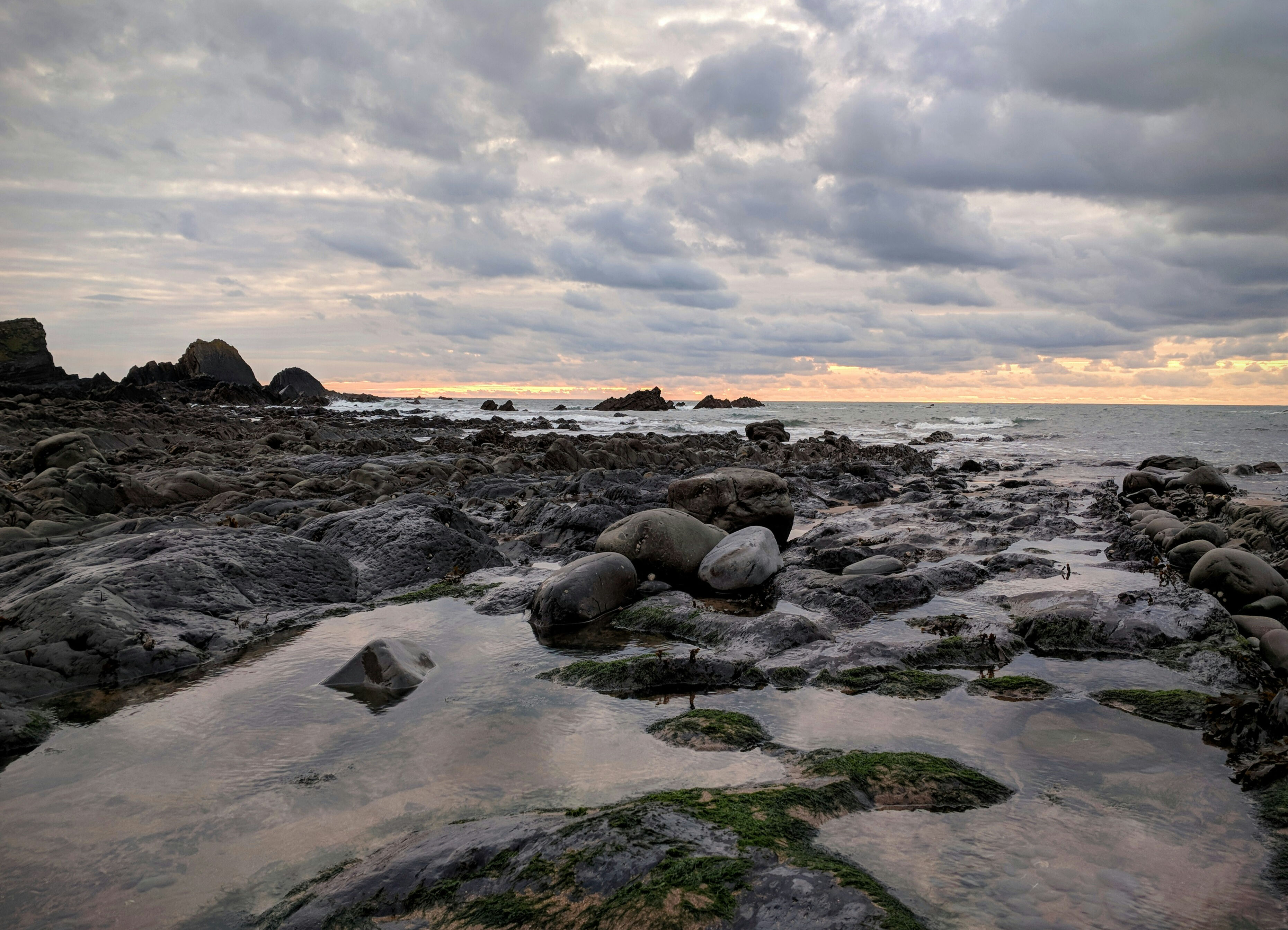
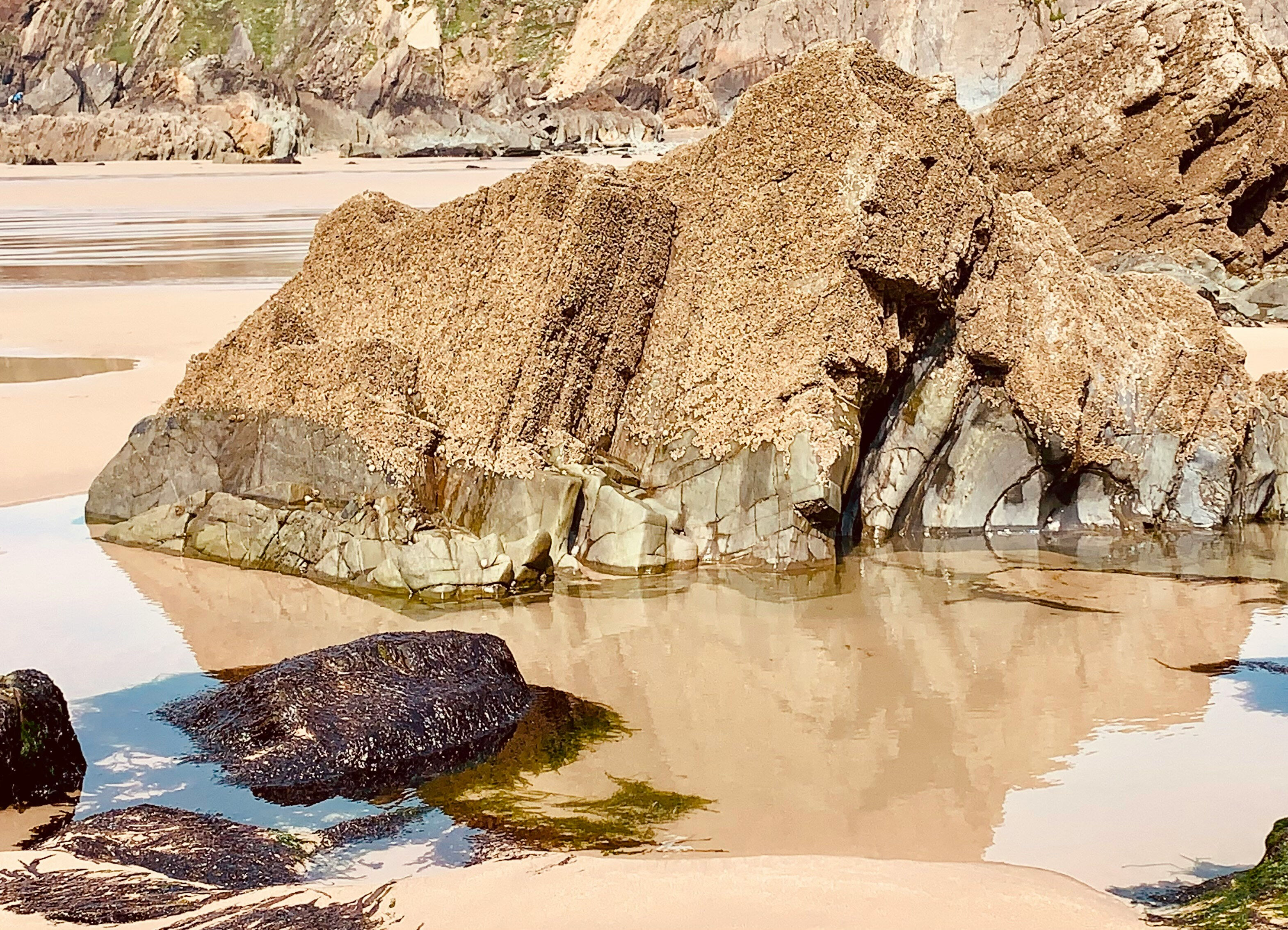
Looking for More Coastal Activities?
And there you have it – our top tips on sea fishing! If you’re looking for more fishing advice, why not check out our Guide to Fishing for Beginners? And if you’d like to try out different water activities, take a look at our List of The Top 5 Water Sports to Try This Summer – perfect for anyone keen to get even closer to the sea!